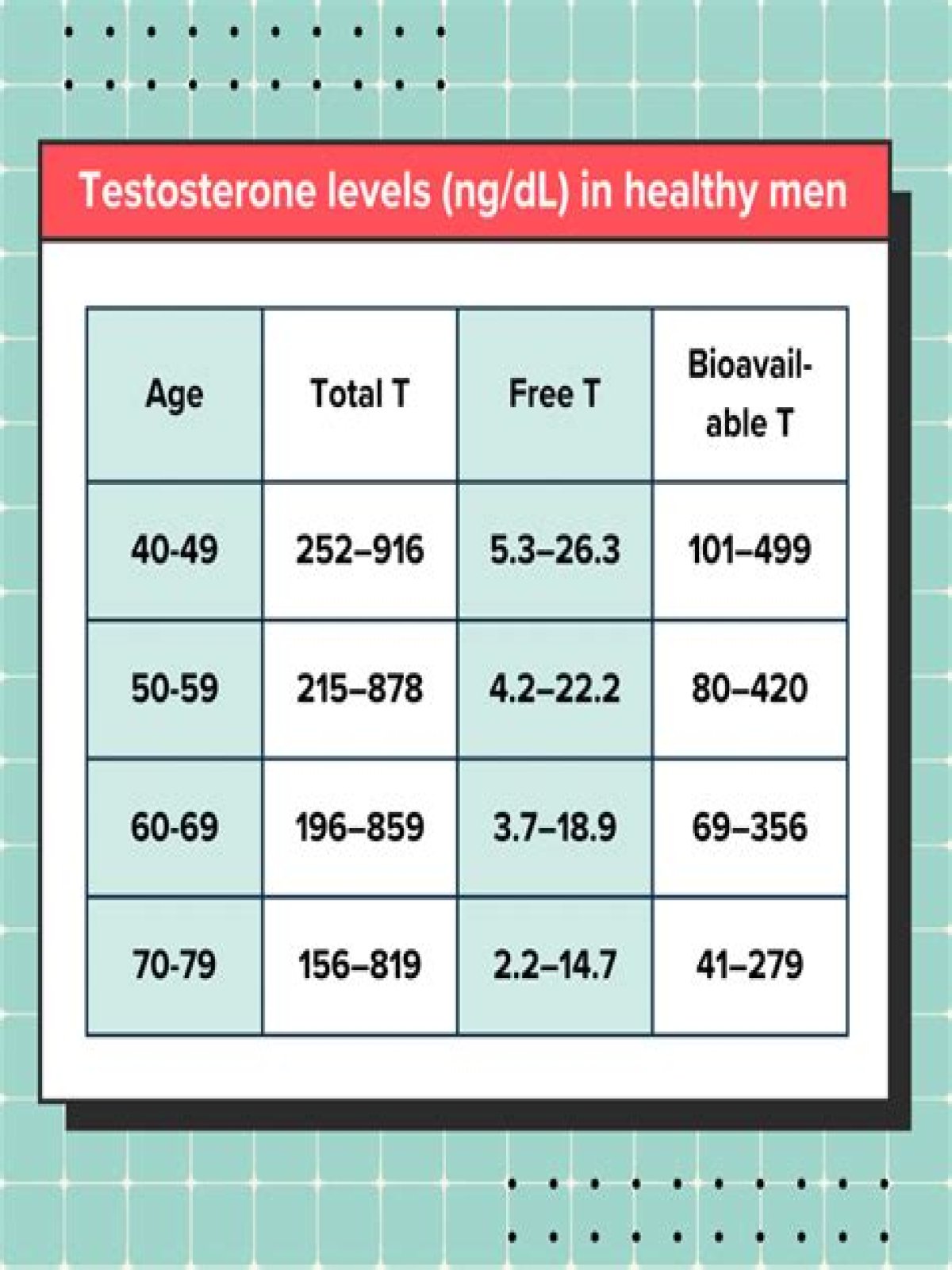What is a normal REE?
Resting energy expenditure (REE) represents energy expenditure while a person lies quietly awake in an interprandial state; under these conditions, approximately 1 kcal/kg body weight is consumed/hour in healthy adults.
Table of Contents
- What does a low REE mean?
- What is your REE?
- What is a good resting energy expenditure?
- How can you increase your REE?
- What does REE measure?
- How do I find my REE?
- Is BMR the same as REE?
- How much BMR is normal?
- How many calories do you burn in a day doing nothing?
- What does Mer mean in nutrition?
- What does REE mean in medical terms?
- What is REE in biochemistry?
- How does exercise effect REE?
- Is 1700 BMR good?
- Is a low BMR good?
- What is my BMR with hypothyroidism?
- What factors affect REE?
- Should you eat less than your BMR to lose weight?
- What causes low RMR?
- How many calories should I burn a day?
- How many REE are there?
- Why do we need REEs?
- What are rare earth ions?
- What is normal FeO2?
What does a low REE mean?
Your REE test suggests your body burns a combination of fat and carbs – not really preferring one over the other. Low RQWhat is your REE?
Resting Energy Expenditure (REE): the amount of calories needed to maintain basic body systems and body temperature at rest.What is a good resting energy expenditure?
The normal RMR is estimated to be about 1400 kcal per day for females and 1600 kcal per day for males. If your RMR falls somewhere above or below these values, then it is considered to be normal.How can you increase your REE?
Because resting energy expenditure accounts for 60% to 75% of the calories you burn each day, any increase in resting energy expenditure is extremely important to your weight-loss effort. The kinds of vigorous activity that can stimulate your metabolism include walking briskly for two miles or riding a bike uphill.What does REE measure?
Resting energy expenditure (REE) represents energy expenditure while a person lies quietly awake in an interprandial state; under these conditions, approximately 1 kcal/kg body weight is consumed/hour in healthy adults. Energy requirements of specific tissues differ dramatically (Table 4-2).How do I find my REE?
The equation for males is:
- 66 + (13.7 x weight) + (5 x height) - (6.8 x age) And for females it is:
- 655 + (9.6 x weight) + (1.85 x height) - (4.7 x age) The formulas are from Katch, McArdle & Katch (2011).
